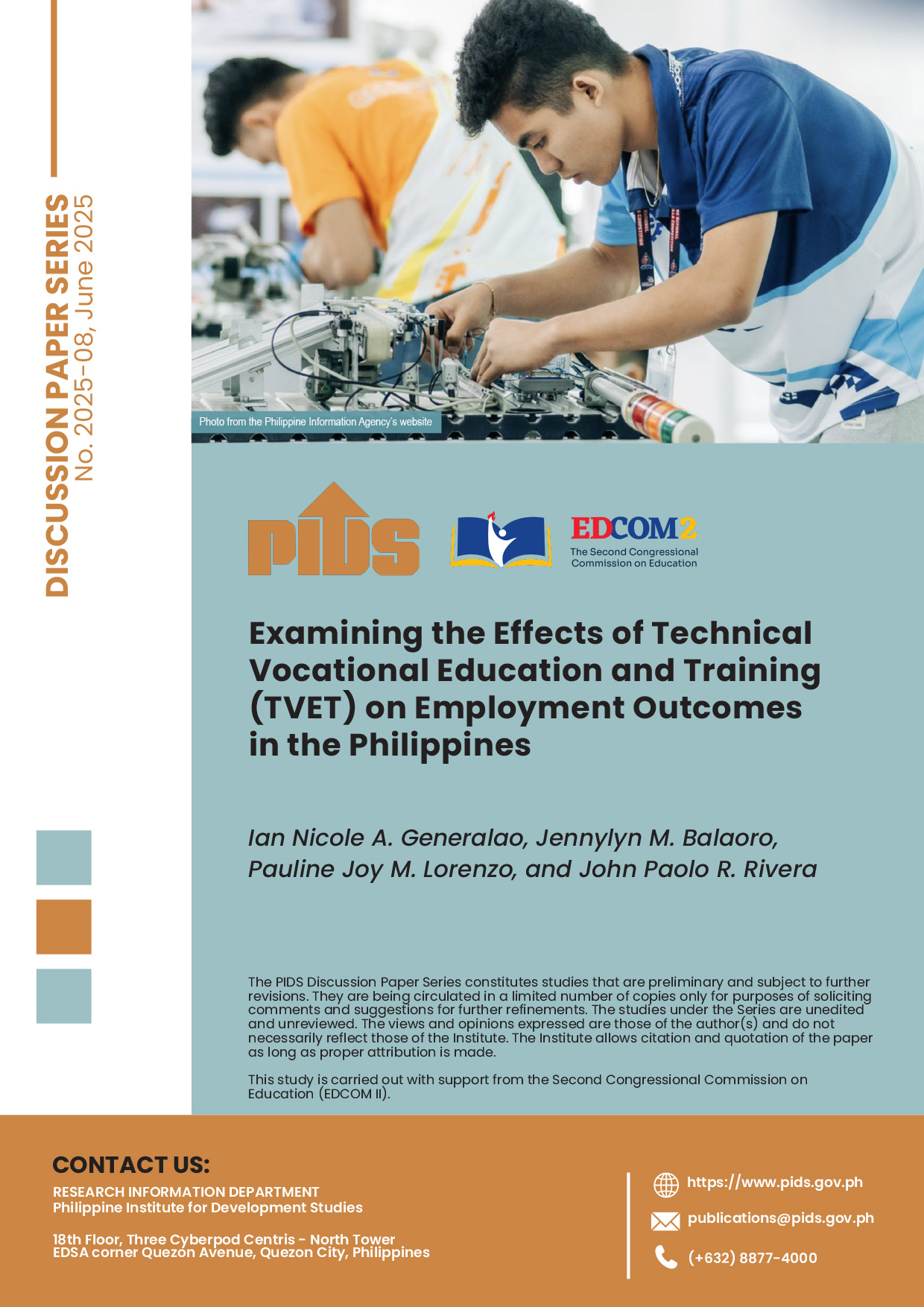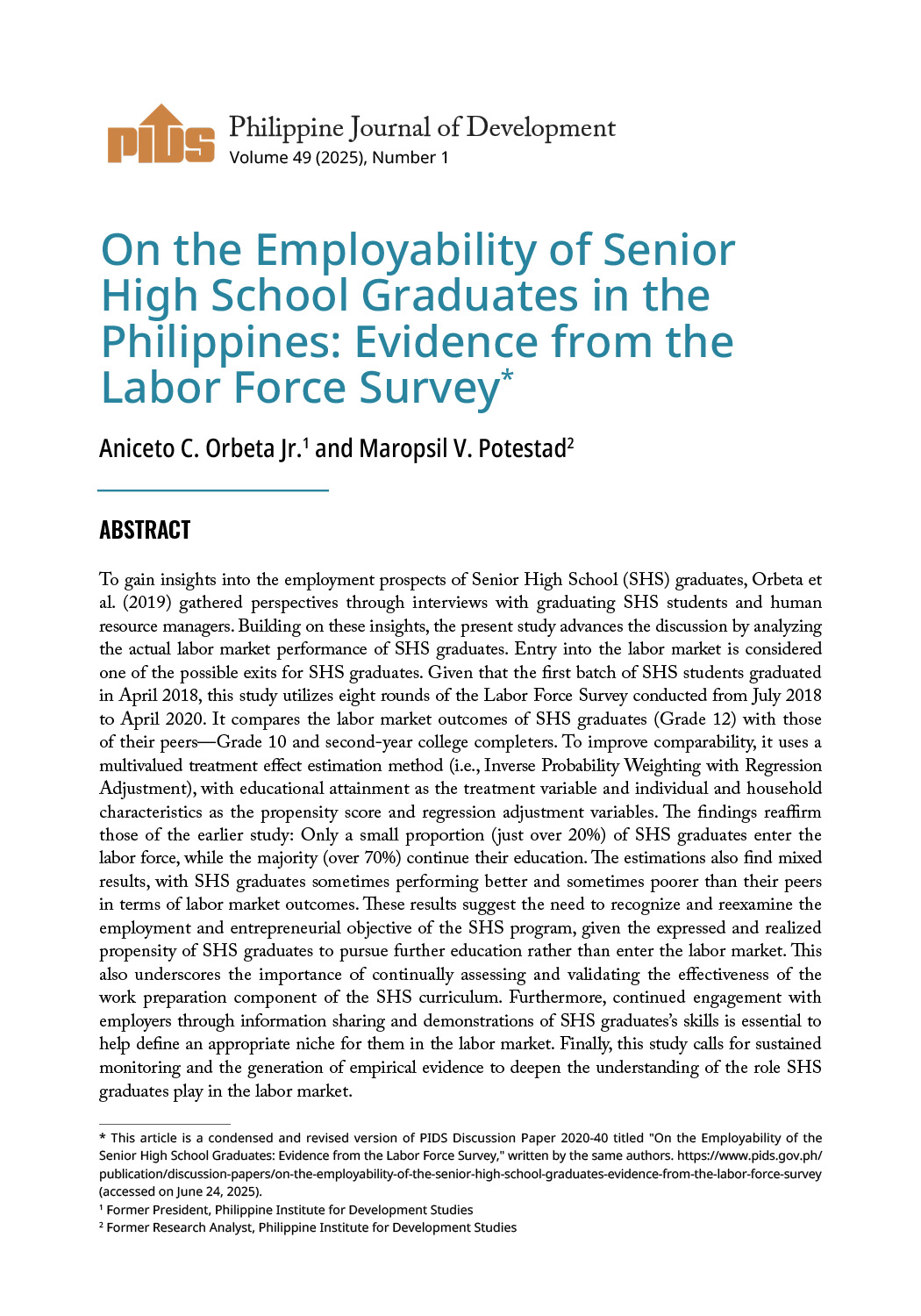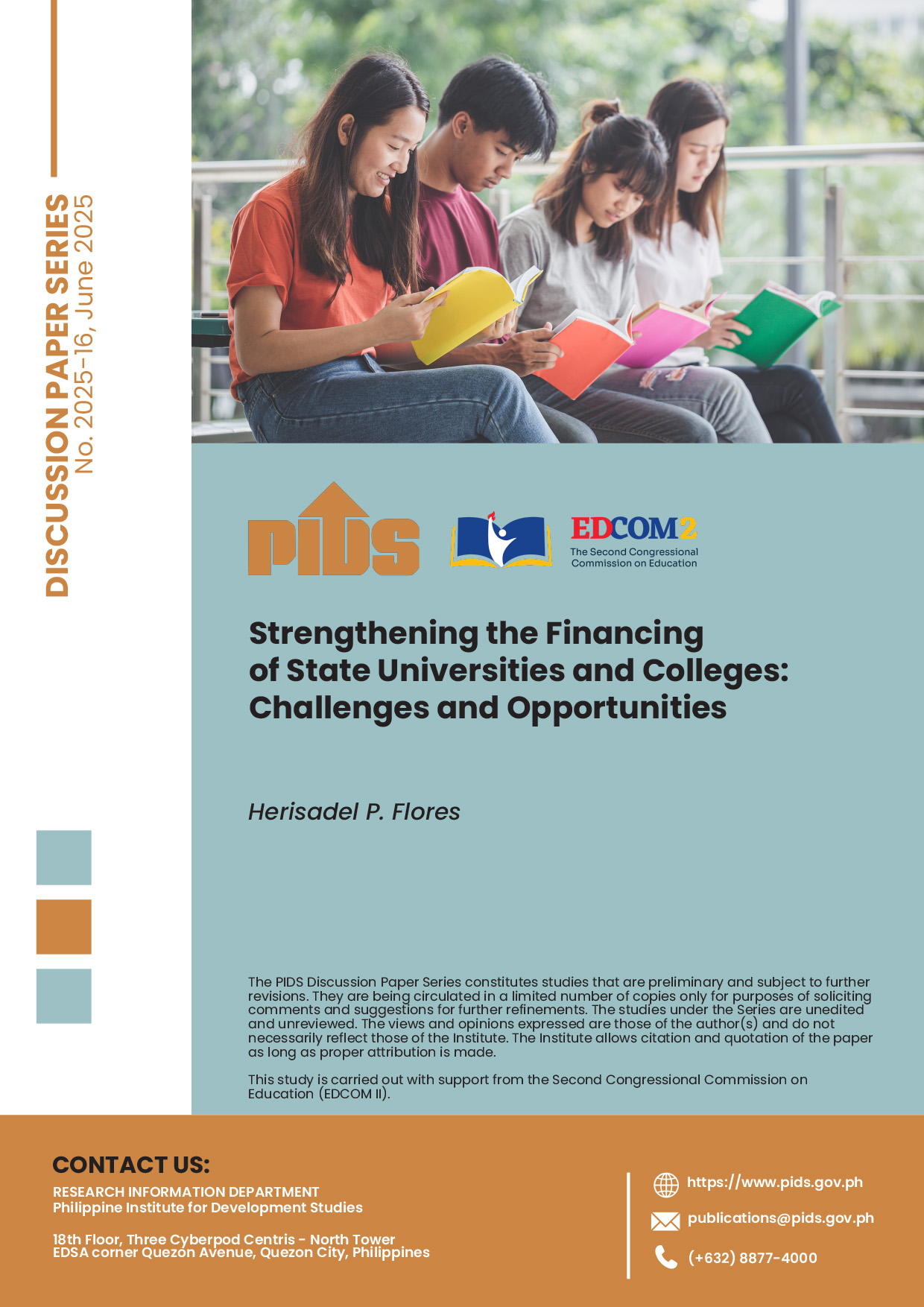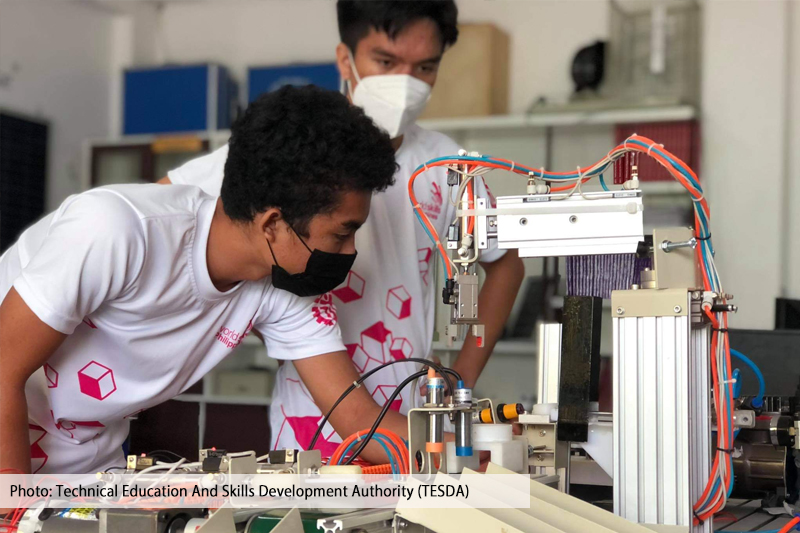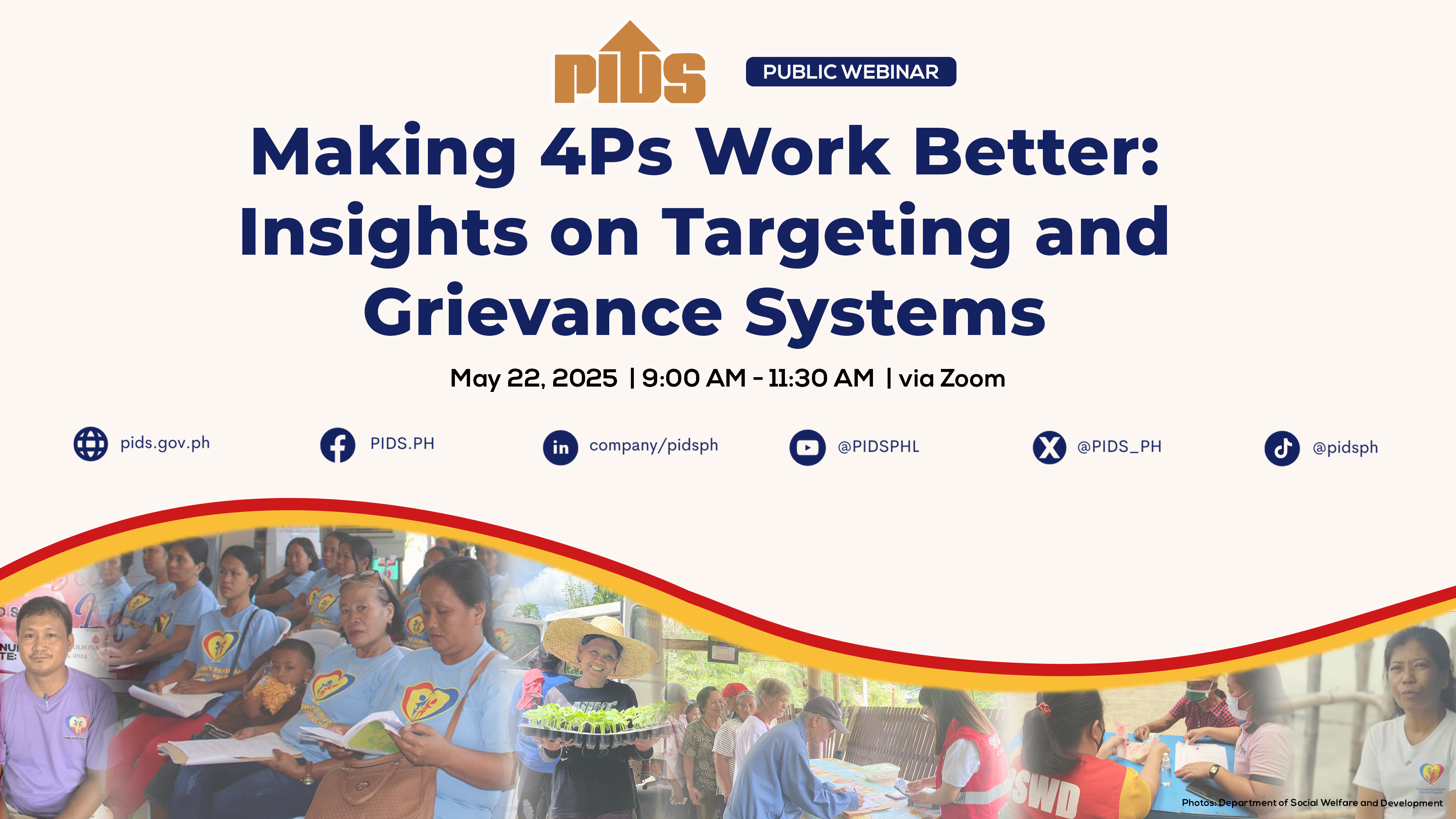
The desire for more working hours among the country’s underemployed increased during the COVID-19 pandemic.
This was revealed by De La Salle University (DLSU) School of Economics Associate Professor Jason Alinsunurin during a webinar recently organized by the Philippine Institute for Development Studies (PIDS) and the Socioeconomic Research Portal for the Philippines. Alinsunurin presented a paper on the challenges of Filipino workers during the pandemic, which he coauthored with Lawrence Dacuycuy and Mariel Monica Sauler.
“Before the lockdown in April 2020, the desire [for more working hours] was around 30 percent. But after the lockdown, [it] increased for those visibly underemployed,” Alinsunurin explained.
Similarly, he noted that the pandemic has also pushed those working for more than 40 hours to ask for more working hours.
"[For] those already working for 50 to 55 hours, the desire for more work is higher than the national average. It is a bit worrying that those who are already working between these hours of work are still asking for more,” Alinsunurin said.
Moreover, he shared that the pandemic has worsened underemployment in the country and reduced the consumption of overtime hours among workers.
“From 26.1 percent in January 2019, the percentage of workers who rendered less than 40 hours increased to 51.28 percent in April 2020 and decreased slightly to 40.4 percent in April 2021. In 2019, almost one in three rendered between 45 and 50 hours; it was lower in April 2020 and 2021,” Alinsunurin explained.
In terms of pay, Alinsunurin pointed out that “the average daily wage for the visibly underemployed “is severely below the minimum wage”. This is likewise true for those already working more than 40 hours per week.
Meanwhile, the DLSU professor said that the extent of underemployment experienced by workers “reflects the scope of the quality of work available and the capacity to provide living wages” in the country.
Alinsunurin also noted that the desire for more work among those already working more than 40 hours per week signals the “persistent differentials between the actual cost of living and real wages [they] received”.
“Minimum wages have not been adjusted significantly even before the pandemic. It draws many of our workers to ask for more work,” he said.
Other factors are job contracts that do not provide stable cash flows among households and the education, job, and skill mismatch across age groups, educational backgrounds, and periods.
Alinsunurin also mentioned that “underemployment may likely persist” given the increasing automation and may result in “forgone economic opportunities and depreciation of human capital” as workers receive less job training.
As a way forward, Alinsunurin underscored the need for inclusive labor policies that are worker centered.
“We need to upskill and reskill those at the fringes while protecting them from displacement and exclusion,” Alinsunurin said, highlighting the need for workers to be trained in entrepreneurship and 21st-century skills.
The Philippine Statistics Authority categorizes the underemployed into two. One is the “visibly underemployed” or those working less than 40 hours in a week but still expressed the desire to have additional hours of work in their present job or to have additional job. The other is “invisibly underemployed” or those working at least 40 hours in a week but still expressed the desire to have additional hours of work in their present job, to have additional job, or to have a new job with longer working hours. ###
You may watch the webinar at https://fb.watch/cZ1dCNzMRG/ or https://youtu.be/yMDFm2eCXQM.
For more videos of PIDS events, go to https://www.pids.gov.ph/videos.

